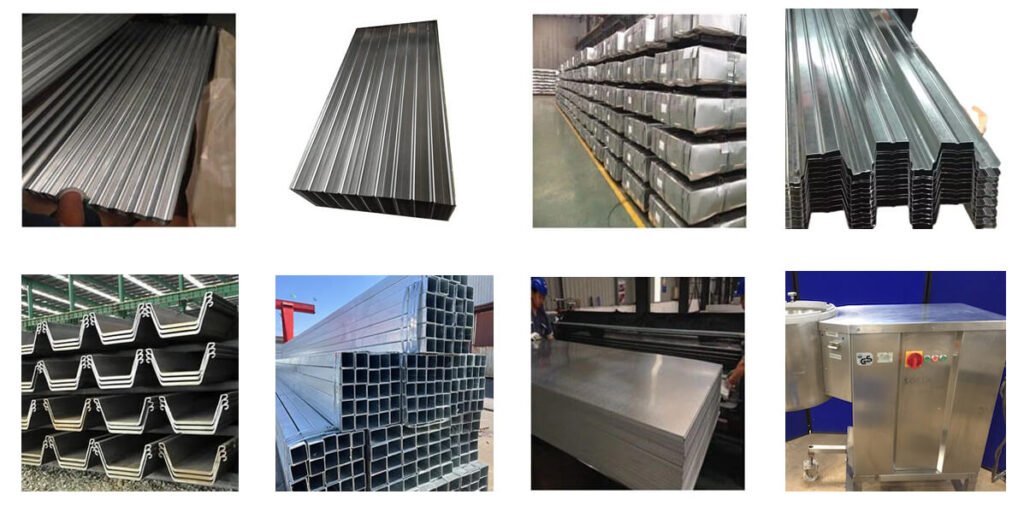DDS (Deep Drawing Steel) and EDDS (Extra Deep Drawing Steel) are cold-rolled steel grades under ASTM A1008/A653, engineered for applications demanding exceptional formability and minimal springback. With ultra-low carbon content and vacuum degassing, these steels offer superior ductility and uniform mechanical properties, making them ideal for complex shaping and deep drawing.
Widely used in automotive and appliance industries, DDS and EDDS are perfect for fuel tanks, sinks, and other components requiring intricate forming. Their fine-grain structure ensures deep drawing capability exceeding material thickness, while maintaining excellent surface quality suitable for painting and finishing.
These steels combine high formability, moderate strength, and good weldability, providing a reliable solution for manufacturing components with complex shapes.
Keywords: DDS Steel, EDDS Steel, Deep Drawing Steel, Cold-Rolled Steel, High Formability Steel.







